Buy this landscape artwork Edvard Munch, The Sun, 1912 by Atelier Liesjes on canvas, ArtFrame, poster and wallpaper, printed on demand in high quality.
About "Edvard Munch, The Sun, 1912"
by Atelier Liesjes
About the artwork
The Sun is symmetrically structured. Munch extended the sun image in this painting from a partial to an embracing role, having first proposed a Nietzschean Mountain of Man that rose toward a sun-covered sky. Upon further reflection, and in compliance with advice from friends, he abandoned the problematical symbol to retain the sun image in pure, intense, and masculine dominance.
The barbs and shafts of light have affinities with German Expressionism of a different kind than Der Brucker; the more abstract and universal language of Wassily Kandinsky in the Munich Der Blaue Reiter. Hodler's Alpine visions are also evoked by the symmetry and centrality. Like Kandinsky, Munch is here both romantic and avant-garde, and the sun, indeed, is God.
Illuminated by the sunrays are the water of the ocean, the bare rocks of a Northern landscape, and a slim strip of verdant green that separated land and sea. A clean, straight horizon line divides the waters from sky. The great sun is all-pervasive, shinning from the heavens upon land and sea, its rays reaching out to all eternity. Inhuman itself, it is the source of all life.
Edvard Munch (Løten (Hedmark), 12 December 1863 - Ekely near Oslo, 23 January 1944) was a Norwegian painter. He was the great foreman of expressionism. Initially, he was influenced by Impressionism and Symbolism. His works were mainly post-impressionist, but also contributed a lot to expressionism. Munch mainly focused on depicting human emotions, fears and uncertain

About Atelier Liesjes
Art for sale. Shop with photos and art as wall decoration. Posters, metal (aluminium or steel), glass, canvas, photo print, wood, framed, canvas, photo wallpaper or garden canvas.
The collection of wall decoration or wall decorations is very broad, from nature through..
Read more…
 Netherlands
Netherlands Ordered in November 2024
Ordered in November 2024
 Netherlands
Netherlands Ordered in December 2022
Ordered in December 2022
 Netherlands
Netherlands Ordered in December 2021
Ordered in December 2021
 Germany
Germany Ordered in March 2024
Ordered in March 2024
 Netherlands
Netherlands Ordered in June 2020
Ordered in June 2020
 Germany
Germany Ordered in July 2019
Ordered in July 2019
 Germany
Germany Ordered in October 2022
Ordered in October 2022
 Netherlands
Netherlands Ordered in June 2020
Ordered in June 2020
 Germany
Germany Ordered in July 2019
Ordered in July 2019
 Germany
Germany Ordered in January 2022
Ordered in January 2022
 Netherlands
Netherlands Ordered in January 2025
Ordered in January 2025
 Germany
Germany Ordered in February 2021
Ordered in February 2021
About the material
ArtFrame™
Interchangeable Art Prints
- High-quality print
- Easily interchangeable
- Acoustic function
- Large sizes available
Discover the artworks of Atelier Liesjes
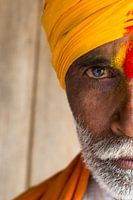 India, manAtelier Liesjes
India, manAtelier Liesjes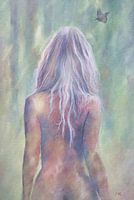 Painted bare back of a sexy womanAtelier Liesjes
Painted bare back of a sexy womanAtelier Liesjes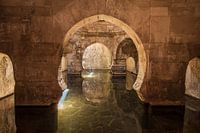 Roman Bath Alhambra de GranadaAtelier Liesjes
Roman Bath Alhambra de GranadaAtelier Liesjes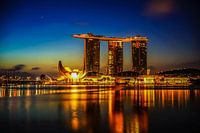 Singapore, Marina BayAtelier Liesjes
Singapore, Marina BayAtelier Liesjes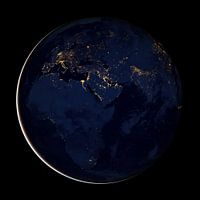 Europe, Afrika and the Middle East at night.Atelier Liesjes
Europe, Afrika and the Middle East at night.Atelier Liesjes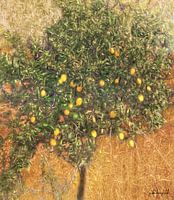 picturesque lemon treeAtelier Liesjes
picturesque lemon treeAtelier Liesjes Tantalizing image of kissing men in black and whiteAtelier Liesjes
Tantalizing image of kissing men in black and whiteAtelier Liesjes The farmer's wife, naked model posing as a pinup in a windowAtelier Liesjes
The farmer's wife, naked model posing as a pinup in a windowAtelier Liesjes Cowgirl riding barrel racing with an energetic brown and white horseAtelier Liesjes
Cowgirl riding barrel racing with an energetic brown and white horseAtelier Liesjes Tiger walks into the waterAtelier Liesjes
Tiger walks into the waterAtelier Liesjes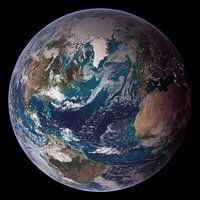 Photo of NASA's Earth With Europe, Africa and the AmericasAtelier Liesjes
Photo of NASA's Earth With Europe, Africa and the AmericasAtelier Liesjes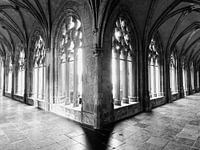 Utrecht, Cathedral in symmetryAtelier Liesjes
Utrecht, Cathedral in symmetryAtelier Liesjes Jaguar E-Type sportscarAtelier Liesjes
Jaguar E-Type sportscarAtelier Liesjes Pinup and actress Olive Thomas from the 10s and 20sAtelier Liesjes
Pinup and actress Olive Thomas from the 10s and 20sAtelier Liesjes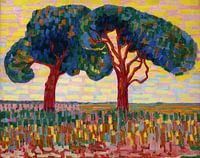 Two trees, Jacoba van Heemskerck, 1908 - 1910Atelier Liesjes
Two trees, Jacoba van Heemskerck, 1908 - 1910Atelier Liesjes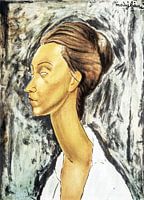 Lithograph of a woman - Amedeo ModiglianiAtelier Liesjes
Lithograph of a woman - Amedeo ModiglianiAtelier Liesjes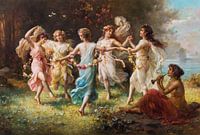 Hans Zatzka, fairy danceAtelier Liesjes
Hans Zatzka, fairy danceAtelier Liesjes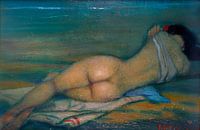 Federico Beltrán Masses, NudeAtelier Liesjes
Federico Beltrán Masses, NudeAtelier Liesjes Fedir Krychevsky, Life (triptych) - Family, left, 1927Atelier Liesjes
Fedir Krychevsky, Life (triptych) - Family, left, 1927Atelier Liesjes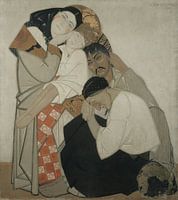 Fedir Krychevsky, Life (triptych) - Family, central, 1927Atelier Liesjes
Fedir Krychevsky, Life (triptych) - Family, central, 1927Atelier Liesjes
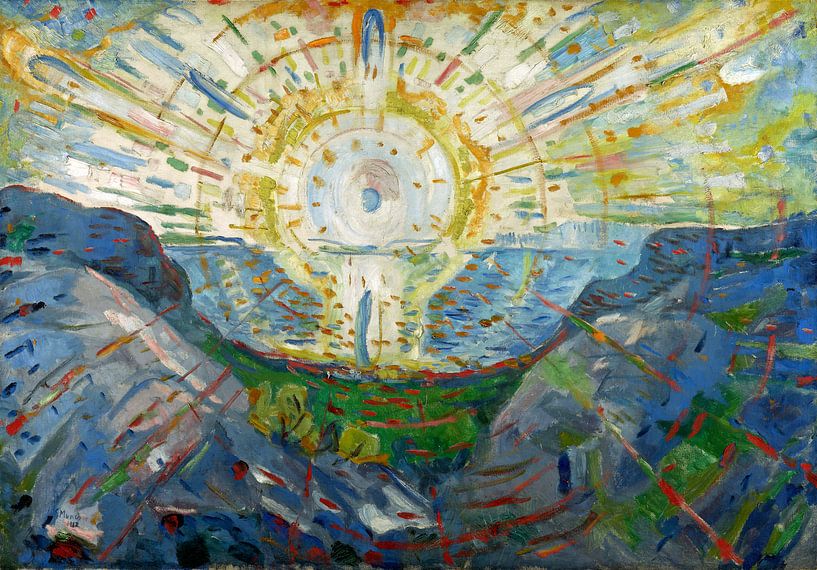
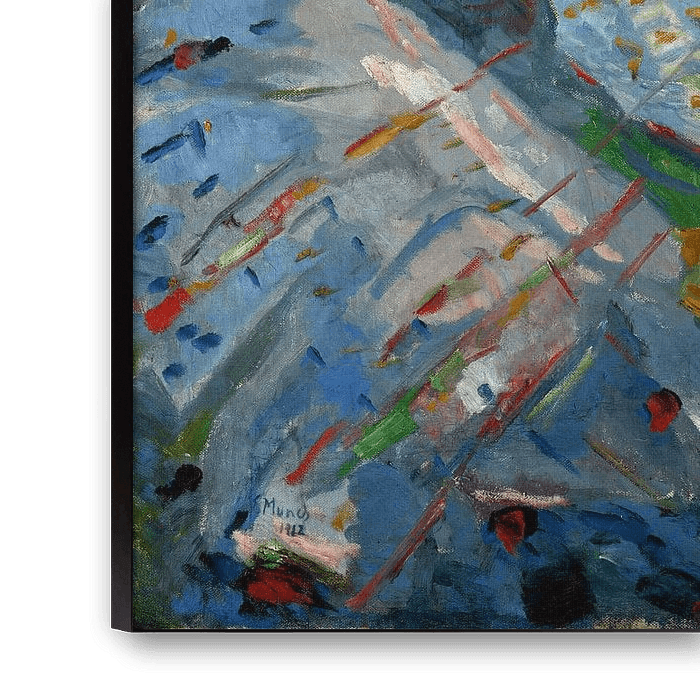
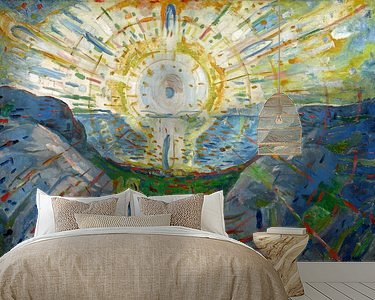





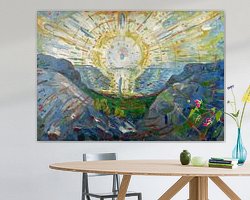




 Expressionism
Expressionism Impressionism
Impressionism Landscapes
Landscapes Mountains
Mountains Post-impressionism
Post-impressionism Sun
Sun Symmetry
Symmetry Vibrant Colors
Vibrant Colors Wassily Kandinsky
Wassily Kandinsky









